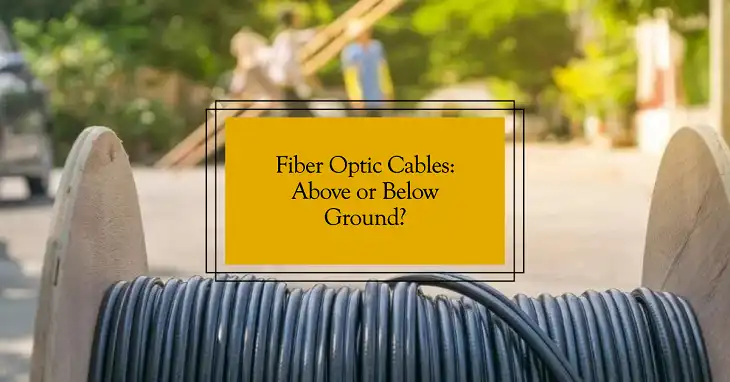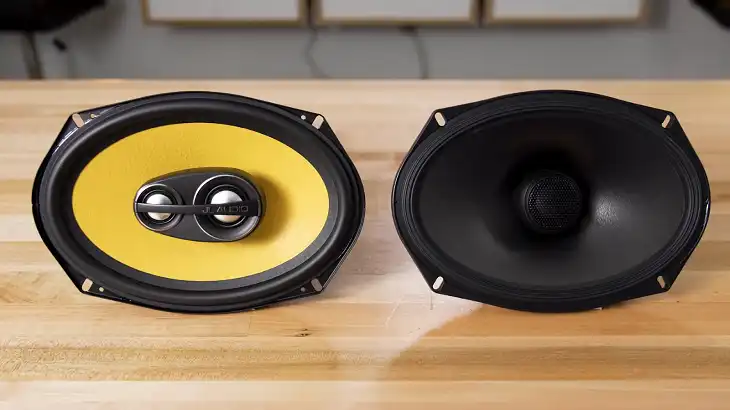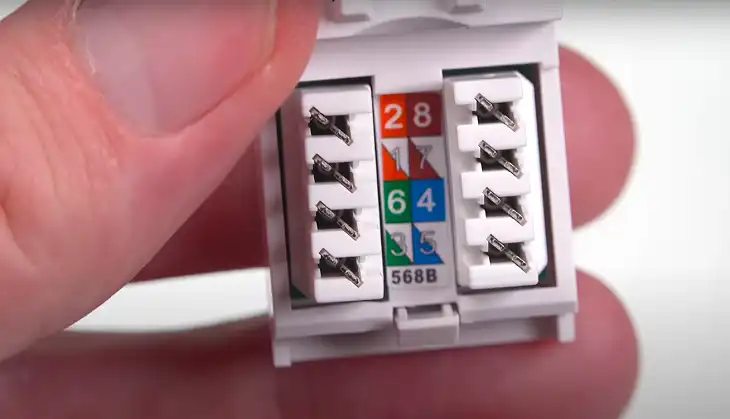Does Fiber Optic Cable Have to Be Buried?

Yes, fiber optic cables are often buried to protect them from physical damage and environmental factors, but it is not always a necessity. Whether or not fiber optic cables need to be buried depends on factors like the geographical terrain, cost, and local regulations. While underground installation is a common choice due to its superior protection and security, there are alternative methods such as aerial installations, where the cables are strung on utility poles. This article will explore when and why fiber optic cables are buried, the different installation methods, and factors influencing the decision.
What Are Fiber Optic Cables?
Fiber optic cables are advanced communication cables that use light pulses to transmit data over long distances. Composed of thin strands of glass or plastic fibers, each cable contains a core, cladding, and multiple protective layers. The core, where light travels, is the primary component that determines the speed and capacity of data transfer. Fiber optics are widely used in internet infrastructure, telecommunications, and other high-speed data applications due to their ability to transmit large amounts of data with minimal signal loss.
Types of Fiber Optic Cables
There are two main types of fiber optic cables: Single-mode and Multi-mode. Single-mode fibers are ideal for long-distance data transmission, typically used in telecom applications and long-distance networks. Multi-mode fibers, on the other hand, are suited for shorter distances, often found in local area networks (LANs) and data centers. The choice of cable type affects the installation process, including whether or not the cable should be buried.
Why Are Fiber Optic Cables Usually Buried?
Fiber optic cables are often buried to provide better protection and security. Below are some key reasons why underground installation is preferred:
1. Physical Protection: Burying fiber optic cables protects them from physical damage caused by accidents, construction activities, and wildlife. For example, in rural areas, overhead lines are more susceptible to being hit by vehicles or being chewed on by rodents.
2. Environmental Protection: Underground cables are shielded from environmental factors such as extreme weather conditions, UV rays, and wind damage. During storms, aerial cables can snap, causing service disruptions.
3. Security and Reliability: Burying cables reduces the risk of tampering and theft. In areas with a high risk of vandalism, burying the cables provides an added layer of security, ensuring continuous service.
How Much Does It Cost to Bury Fiber Optic Cables?
The cost of burying fiber optic cables is generally higher than other installation methods. On average, burying fiber optic cables costs around $8 to $12 per foot, depending on the terrain and required materials. For a one-mile installation, costs can range from $42,240 to $63,360. Factors like trenching, permits, and labor contribute significantly to the overall expense. This is one of the main reasons why some companies opt for aerial installations in less populated areas.
Are There Alternatives to Burying Fiber Optic Cables?
Yes, there are several alternatives to underground installations, such as aerial installations, conduit-based installations, and even submarine installations. Each method has its own benefits and drawbacks, making it crucial to evaluate which is the best fit based on location, budget, and requirements.
Aerial Fiber Optic Installation
Aerial fiber installation involves stringing the cables on utility poles or existing structures above the ground. This method is commonly used in rural and suburban areas due to its lower initial cost. Aerial installations typically cost between $2 and $4 per foot, making it significantly cheaper than burying cables.
However, aerial installations are more susceptible to environmental hazards, such as wind, rain, and snow. Maintenance costs can add up over time if cables get damaged or need to be replaced due to weather-related issues.
Direct Burial Installation
Direct burial is a method where fiber optic cables are buried directly into the ground without additional protection. This method is widely used in remote or rural areas where laying conduits may not be practical. For direct burial, cables are encased in multiple protective layers to withstand soil pressure, moisture, and rodent attacks. Although direct burial is more expensive upfront, it offers long-term reliability and durability.
Conduit-Based Installation
Conduit-based installation involves placing fiber optic cables inside PVC or metal conduits for extra protection. This is the preferred method in urban areas and commercial zones where cables are more likely to face interference from other underground utilities. While conduit-based installation can cost upwards of $15 per foot, it allows for easier upgrades and future-proofing, as new cables can be inserted into the same conduits without additional trenching.
What Factors Influence Whether Fiber Optic Cables Should Be Buried?
Several factors determine whether fiber optic cables need to be buried, ranging from geographical considerations to legal requirements.
1. Terrain and Geography: In urban areas, underground installations are often mandated due to limited space and the need for aesthetics. Conversely, in rural areas with soft soil, burying cables might be simpler and more cost-effective. However, rocky or marshy terrains might require special trenching techniques, making underground installation impractical.
2. Cost Considerations: Burying cables involves higher upfront costs due to trenching, permitting, and labor. On the other hand, aerial installations, although cheaper, incur higher maintenance costs due to exposure to environmental damage.
3. Local Regulations and Permits: Local building codes often dictate the installation method. For example, some cities require all communication lines to be buried, while rural areas may allow aerial installations.
4. Environmental Impact: Trenching and burying can disrupt local ecosystems, making it essential to conduct environmental assessments before installation.
What Are the Pros and Cons of Burying Fiber Optic Cables?
Burying fiber optic cables offers several advantages, such as:
Better Protection: Underground cables are less likely to be damaged by external factors, ensuring long-term reliability.
Enhanced Security: Buried cables are difficult to access, making them less susceptible to vandalism or accidental damage.
Longevity: The lifespan of buried cables is generally longer, reducing the frequency of repairs and replacements.
However, there are also drawbacks, including:
Higher Installation Costs: The initial cost of trenching, labor, and materials can be prohibitive.
Complex Repairs: In the event of damage, accessing and repairing buried cables is more complicated and time-consuming.
Verdict: Does Fiber Optic Cable Really Have to Be Buried?
In summary, fiber optic cables do not always have to be buried, but it is often the preferred method for enhanced protection and security. The decision to bury or not depends on several factors, including cost, terrain, and local regulations. While aerial installations are cheaper and easier to maintain, buried cables provide superior longevity and reliability, making them ideal for high-traffic areas and critical infrastructure.
Frequently Asked Questions (FAQs)
Can fiber optic cables be buried without conduits?
Yes, direct burial is a method used in some areas, but it requires special cables with multiple protective layers.
What is the recommended depth for burying fiber optic cables?
Typical depths range from 18 to 36 inches, depending on local regulations and soil conditions.
How much does it cost to bury fiber optic cables?
Costs can vary, but expect to pay between $8 and $12 per foot for standard installations.






